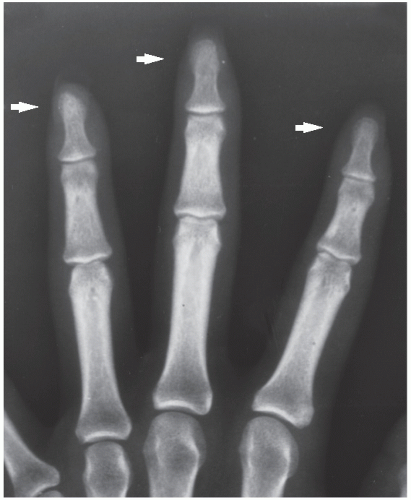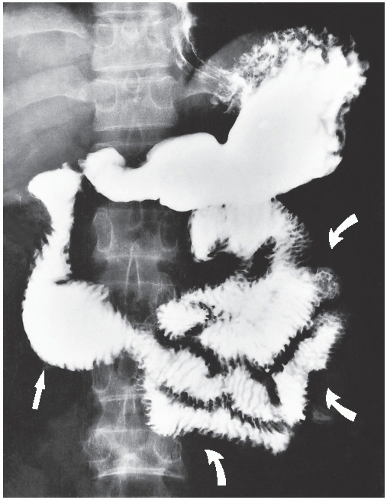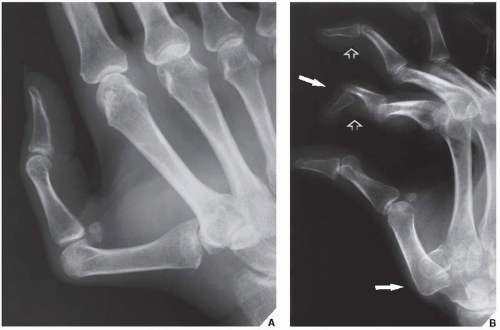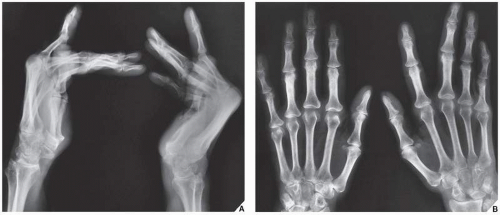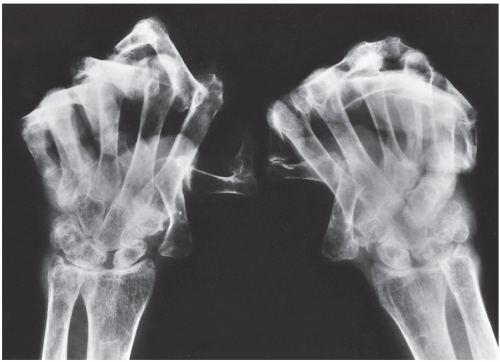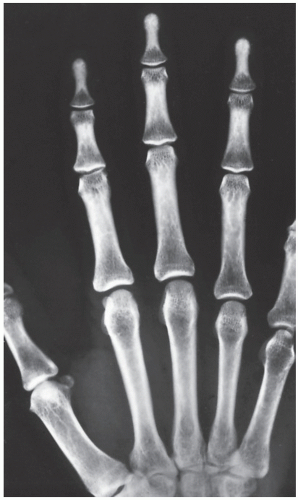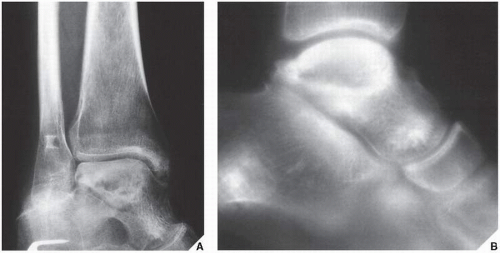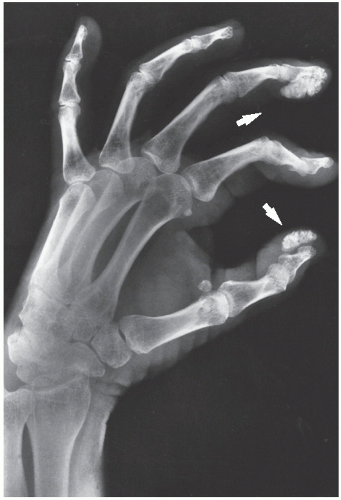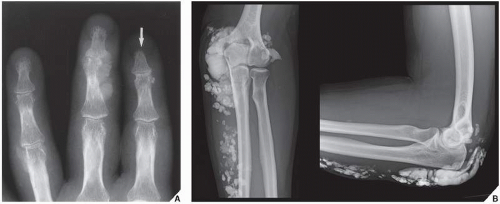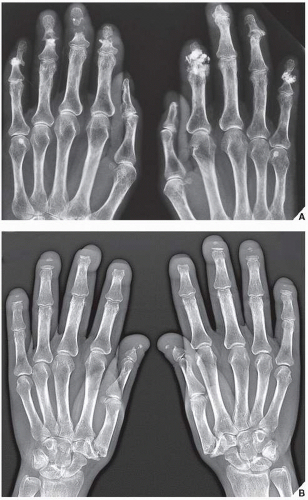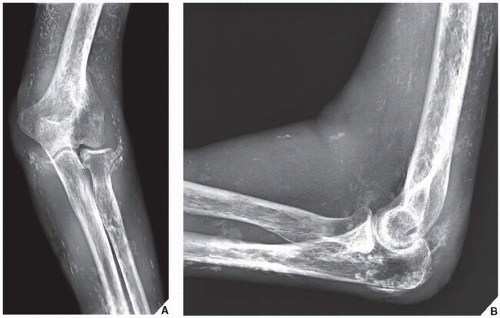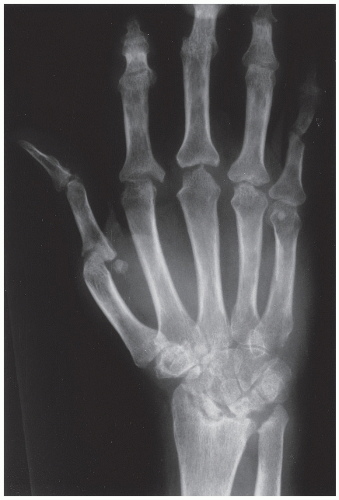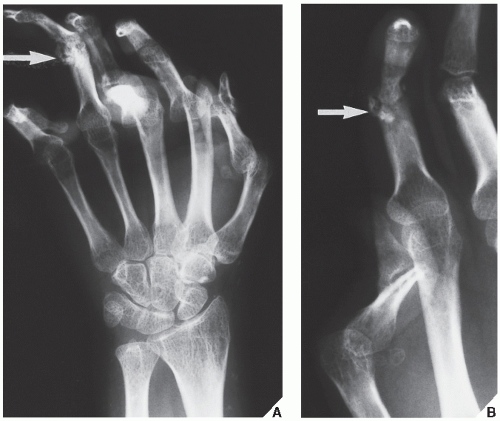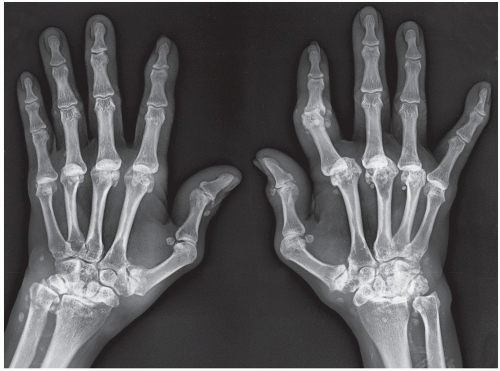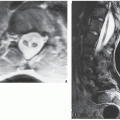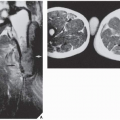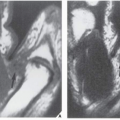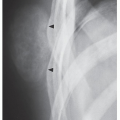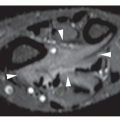Type of Arthritis |
Site |
Crucial Abnormalities |
Technique/Projection |
Gout (M > F) |
Great toe
Large joints (knee, elbow)
Hand |
Articular erosion with preservation of part of joint
Overhanging edge of erosion
Lack of osteoporosis
Periarticular swelling
Tophi |
Standard views of affected joints |
CPPD Crystal Deposition Disease (M = F) |
Variable joints |
Chondrocalcinosis (calcification of articular cartilage and menisci)
Calcifications of tendons, ligaments, and capsule |
Standard views of affected joints |
|
Femoropatellar joint |
Joint space narrowing
Subchondral sclerosis
Osteophytes |
Lateral (knee) and axial (patella) views |
|
Wrists, elbows, shoulders, ankles |
Degenerative changes with chondrocalcinosis |
Standard views of affected joints |
CHA Crystal Deposition Disease (F > M) |
Variable joints, but predilection for shoulder joint (supraspinatus tendon) |
Pericapsular calcifications Calcifications of tendons |
Standard views of affected joints |
Hemochromatosis (M > F) |
Hands |
Involvement of second and third metacarpophalangeal joints with beak-like osteophytes |
Dorsovolar view |
|
Large joints |
Chondrocalcinosis |
Standard views of affected joints |
Alkaptonuria (ochronosis) (M = F) |
Intervertebral disks, sacroiliac joints, symphysis pubis, large joints (knees, hips) |
Calcification and ossification of intervertebral disks, narrowing of disks, osteoporosis, joint space narrowing, periarticular sclerosis |
Anteroposterior and lateral views of spine; standard views of affected joints |
Hyperparathyroidism (F > M) |
Hands |
Destructive changes in interphalangeal joints |
Dorsovolar view |
|
|
Subperiosteal resorption |
Dorsovolar and oblique views |
|
Multiple bones |
Bone cysts (brown tumors) |
Standard views specific for locations |
|
Skull |
Salt-and-pepper appearance |
Lateral view |
|
Spine |
Rugger-jersey appearance |
Lateral view |
Acromegaly (M > F) |
Hands |
Widened joint spaces |
Dorsovolar view |
|
|
Large sesamoid |
|
|
|
Degenerative changes (beak-like osteophytes) |
|
|
Skull |
Large sinuses |
Lateral view |
|
Facial bones |
Large mandible (prognathism) |
Lateral view |
|
Heel |
Thick heel pad (>25 mm) |
Lateral view |
|
Spine |
Thoracic kyphosis |
Lateral view (thoracic spine) |
Amyloidosis (M > F) |
Large joints (hips, knees, shoulders, elbows) |
Articular and periarticular erosions, osteoporosis (periarticular), joint subluxations, pathologic fractures |
Standard views of affected joints
Radionuclide bone scan (scintigraphy) |
Multicentric Reticulohistiocytosis (F > M) |
Hands (distal and proximal interphalangeal joints)
Feet |
Soft-tissue swelling, articular erosions, lack of osteoporosis |
Dorsovolar view
Norgaard (“Allstate”) view
Dorsoplantar view
Oblique view |
Hemophilia (M > F) |
Large joints (hips, knees, shoulders)
Elbows, ankles |
Joint effusion, osteoporosis, symmetrical and concentric joint space narrowing, articular erosions, widening of intercondylar notch, squaring of patella; very similar to changes of juvenile rheumatoid arthritis |
Standard views of affected joints
Magnetic resonance imaging |
